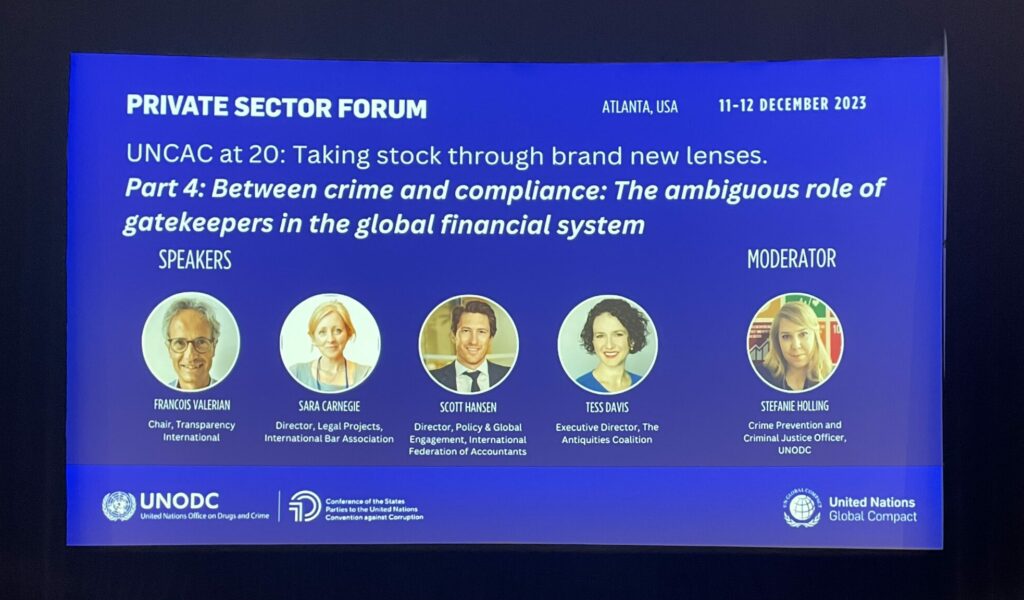In April, the Antiquities Coalition’s Director of Programs Helena Arose, and Legal Consultant Liz Fraccaro shared their career experience and advice in a webinar hosted by the American Society of Overseas Research (ASOR)’s Early Career Scholars Committee.
In their discussion, both Arose and Fraccaro shared their journey, noting how their backgrounds in archaeology and museums reaffirmed their passion for the cultural heritage field. They also shared key takeaways for those interested in cultural heritage careers:
- No two careers look alike in this field—each individual must carve out their own unique path. Regardless of your position within an organization, you’ll need to proactively shape your career trajectory and find ways to focus on cultural heritage.
- When considering job opportunities, it’s crucial to weigh factors like the size of the organization or company and the nature of your day-to-day tasks. Think about what aspects of work you enjoy most—whether it’s being out in the field, engaging in interpersonal interactions, writing, or other activities. Larger organizations may offer more structured roles with specialized tasks, while smaller ones might provide greater flexibility and opportunities to wear multiple hats.
- In this field, you’ll often encounter positions within nonprofits, whether you find yourself working in a museum, advocacy group, or think tank. Therefore, honing skills such as grant writing, effective communication, and proficient project management will prove invaluable irrespective of your specific career path.
As the AC’s Director of Programs, Arose collaborates with representatives from the U.S. and international governments, law enforcement agencies, international partners, academics, and other key stakeholder groups to develop and implement programs to fight the illicit trade in ancient art and antiquities. Arose is a recognized expert on cultural racketeering, antiquities looting and trafficking, cultural heritage diplomacy and protection, financial crimes, and the art market.
Fraccaro, as the AC’s Legal Consultant, is a trained archaeologist and attorney, admitted to the Illinois State Bar and New York State Bar and is a Certified Money Laundering Specialist. Utilizing her extensive background in museum collections and field archaeology, Fraccaro strives to preserve and protect cultural heritage worldwide. In her work at the AC, she uses her expertise in the legal dimensions of cultural heritage management and money laundering to develop concrete recommendations for combating money laundering, forgery, fraud, and terrorist financing via art and antiquities.
While Arose and Fraccaro acknowledged that entering this field can be challenging, they highlighted that new needs and opportunities are developing in areas such as provenance research, art market compliance, and foreign affairs, which all contribute to the fight against cultural racketeering.
The AC thanks the ASOR’s Early Career Scholars Committee for spotlighting our leaders and giving them a platform to share their work experiences and inspire the next generation of professionals interested in a career in cultural heritage. Watch the discussion here.
Want to get more involved with the Antiquities Coalition? Consider supporting our efforts to end cultural racketeering or apply to our internship program to get first-hand experience in the fight against looting.










